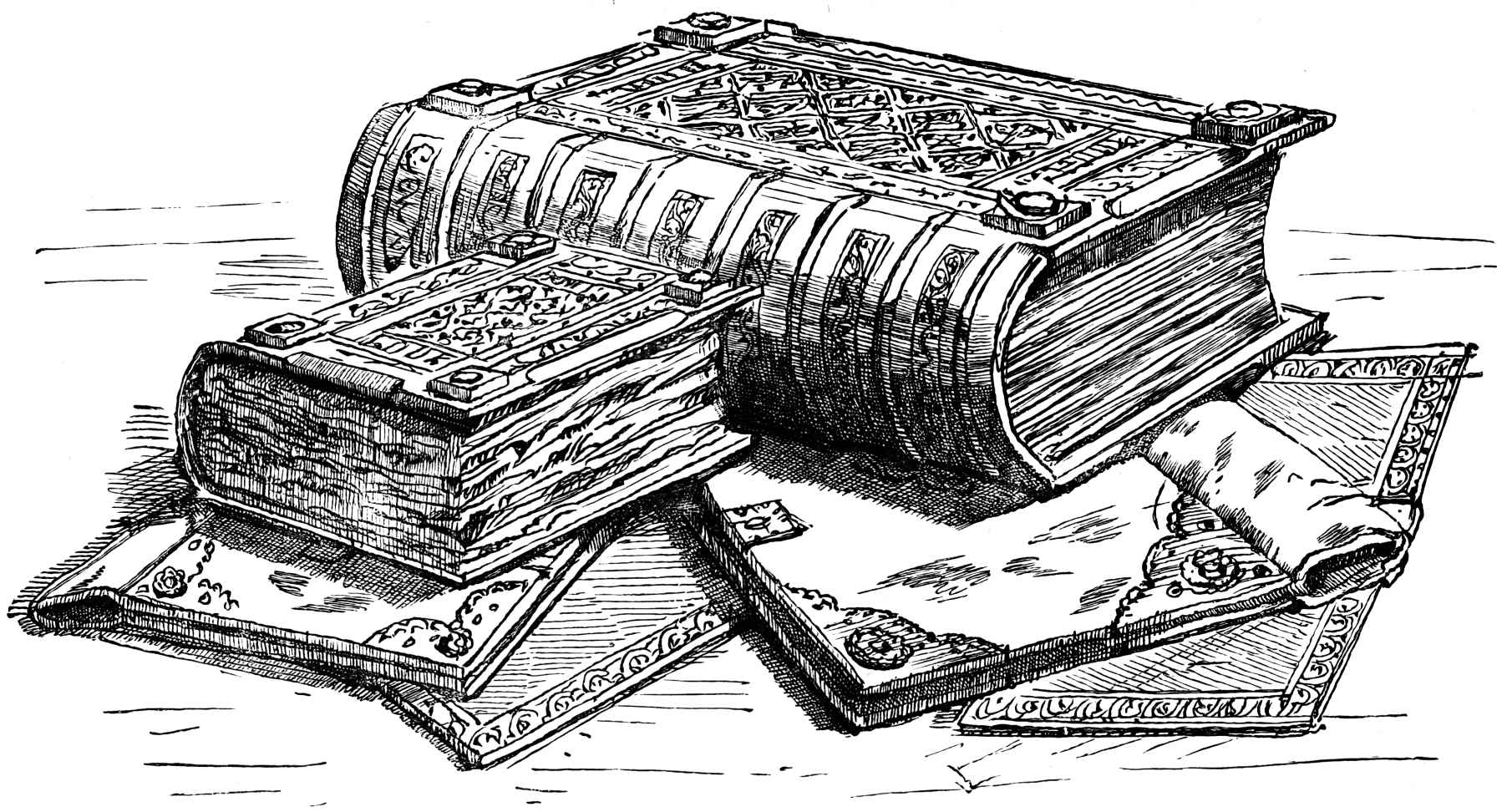There is little
doubt that 1709 Blog readers will be spending the coming months (especially
the forthcoming holidays/end of year celebrations) thinking about future
national implementations of Directive 2012/28/EU on certain permitted
uses of orphan works [the Orphan Works
Directive. By the way: have you remembered to vote in the IPKat/1709 Blog joint poll? You can find it on the left hand side of the IPKat sidebar poll].
Some Member States
have already taken steps to implement the Directive into their national laws.
Hungary is one of these, as 1709 Blog friend and copyright enthusiast Péter Munkácsi (Hungarian Ministry of Justice and Public Administration) reports:
Hungary is one of these, as 1709 Blog friend and copyright enthusiast Péter Munkácsi (Hungarian Ministry of Justice and Public Administration) reports:
"Act CLVIX. of 2013 (also known as
2013 II. IP Amendment Act) contains provisions (Articles 5, 16, 24, 26 ('EU
clause') and 27 b)) that have amended Hungarian copyright law to implement part
of the Orphan Work Directive. All changes will entry into force on 29 October
2014 [this is also the
deadline for national implementations of the Directive, as its Article 9
states]. The second phase
of the implementation will continue soon. In fact, Article 25 of the 2013 II. IP
Amendment Act authorises the Government to determine detailed rules on
uses of orphan works, circumstances relating to fair compensation, register
issue, etc.
Since 2009 Hungary has had an orphan works scheme,
whose main features include the following:
·
On the
basis of the extended licensing system managed by collective management
organisations users can obtain licenses for the use of orphan works.
However, the rights in works which are under collective rights management
are excluded from the scope of the orphan works licensing scheme;
·
Granting
licences for the use of an orphan work is within the competences of the
Hungarian Intellectual Property Office (HIPO). Licences for the use of orphan
works may only be granted for a term not exceeding five years, are only valid
in Hungary, and are non-exclusive and non-transferable;
·
Hungarian
legislation provides for a publicly available administrative register on orphan
works, which is administered by the HIPO;
During the various stages which eventually led to the [partial] implementation of the Directive, an examination was undertaken as regards
existing licensing scheme and its relationship with the forthcoming exception
or limitation to the rights of reproduction and making available to public,
pursuant to Article 6 of the Directive.
As a result of this reflection, the Act introduces a
new Chapter IV/A in the Copyright Act with the title “Uses of Orphan Works”.
This Chapter is divided into 3 sub-chapters: (i) General Provisions; (ii) The
Licensing for the Use of Orphan Works; (iii) The Use of Orphan Works by Beneficiary
Institutions.
Under the “General Provisions”, new Article 41/A(1)
defines what orphan works are. The definition complements the elements of the
existing licensing system with circumstances relating to the notions of
diligent search and good faith. A work or other subject matter shall be
considered an orphan, if its rightsholder cannot be identified or located,
following an unsuccessful search carried out diligently and in good faith. A
separate piece of legislation (to be adopted at the stage of further
implementation) will determine the sources which are appropriate for the
conduction of a diligent search.
 |
| An infamous case of restoration |
Among other things, orphan works include phonograms,
cinematographic works or other audiovisual works produced by the public media
service provider radio and television organisations up to 31 December 2002 and
included in their archives. These works shall be those first published in the EEA or, in
the absence of publication, first broadcast in the EEA.
Beneficiaries can
(i) make orphan works available to
the public in a way that allows the members of the public to choose individually the place and
time of access;
(ii) reproduce
orphan works freely for the purposes of digitisation, making available to the public as is stated above, indexing, cataloguing, preservation or restoration.
Public/private partnerships will be possible, in compliance with Article 6(4) of the Directive."



























